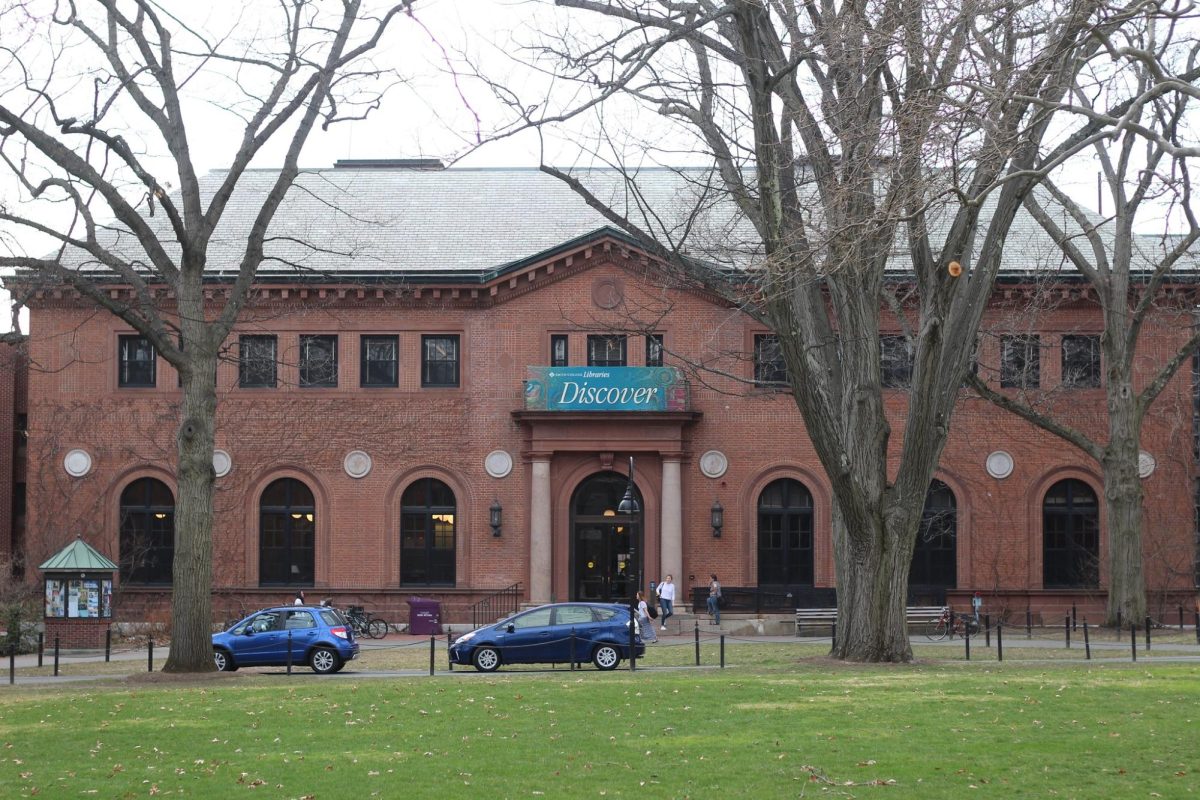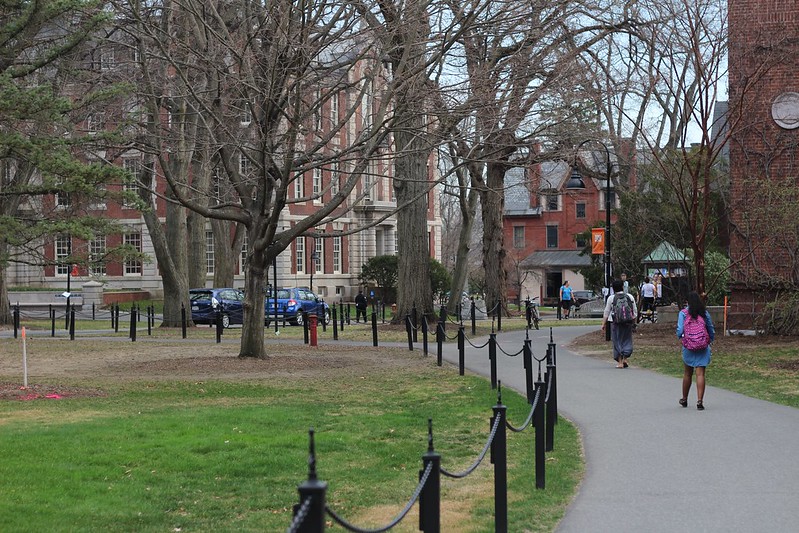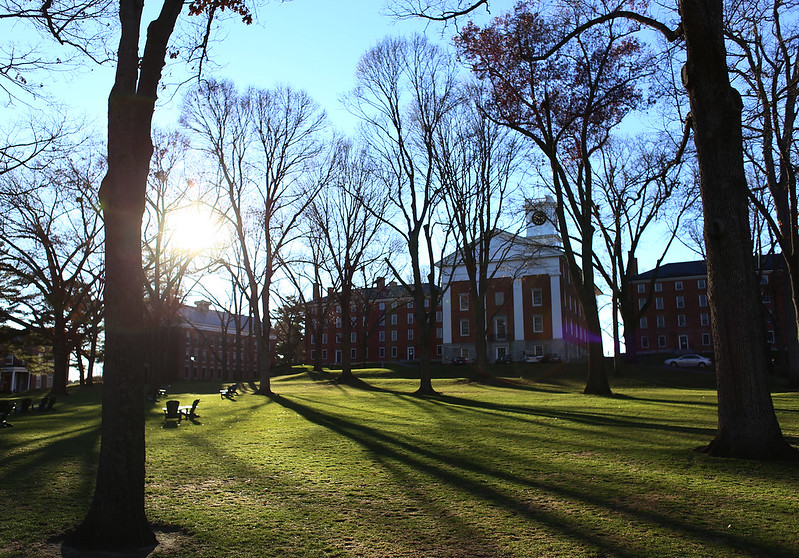
The Jan. 21 Rolling Green Apartments fire which left 21-year-old University of Massachusetts senior James “Jake” Hoffman dead and 30 others homeless, including around 20 UMass students, has prompted officials from the University to the state level to re-emphasize proper fire safety precautions.
An official cause, as well as autopsy results remained under investigation as of Monday, the Daily Hampshire Gazette reported.
According to Jennifer Mieth, spokesperson for the state fire marshal’s office, the investigation of the fire could take a while, if any cause is even discovered.
“Every investigation takes its own time,” she said, adding that the likelihood of finding the cause depends on each individual case.
Though some residents reported waking to a loud boom and banging doors by alertful neighbors, Mieth said officials were “still looking into the matter” of the loud noise and confirmed “the smoke alarms were present and operated” at the time of the fire.
“Any place people live, they’re required to have smoke alarms,” she said, including Rolling Green.
Attempts to reach officials from Equity Apartments, the corporation that owns Rolling Green Apartments, were unsuccessful.
Sprinkler systems, Mieth said, are the most efficient way to defeat fires before they get out of control.
The office of the state fire marshal places a high importance on sprinkler systems in all residential buildings, regardless of whether older buildings are omitted from the updated code.
“Fire officials know sprinklers can really alter the outcome of these fires,” she said. “It shouldn’t be a big deal on the 6 o’clock news, it should be put out by the sprinklers.”
Half of the apartment units in the affected building were completely destroyed internally, while the other half attached were damaged significantly.
This resulted in the displacement of 18 UMass students: nine of whom moved to other units in Rolling Green, two moved to the Lincoln Apartments, four took residence in various local apartments and houses and two have decided to commute from home, according to University spokesperson Ed Blaguszewski.
Hoffman’s body was found on the second floor of his apartment, unit 202.
His passing marks the fifth fire-related death in Massachusetts since the start of 2013, according to Mieth. Over the past two decades, there have been two other fire-related incidents resulting in the deaths of three UMass students, the Gazette reported.
Hampshire County had a total of 452 fires in 2011, of which 48 percent were structure fires, according to data comprised by the state fire marshal’s office. Eighty-seven percent of Hampshire County’s 217 building fires occurred in residential occupancies, with one and two-family homes accounting for 61 percent of these residential building fires.
The Center for Campus Fire Safety reported that, since January 2000, 82 fatal fires have been documented that occurred on college campuses, in Greek housing or in off-campus housing within three miles of the campus. These incidents claimed a total of 119 victims.
According to Blaguszewski, UMass has “a very thorough and aggressive fire safety program” and that “it is unusual for a fire to occur” on campus.
“Broadly speaking the University has a very good history of fire safety … we are very much emphasizing that point,” he said.
Blaguszewski said the University completed a project to install sprinklers in all dorms in December 2012, which received high praise from the state fire marshal’s office.
“To be honest, where we have the greatest challenge is students not following procedures,” he said of students disregarding the code by using candles and disabling smoke alarms in their rooms.
Ongoing educational outreach with students’ aims to “make sure equipment is used the right way. Students can be sanctioned under code of conduct [by the Dean of Students],” Blaguszewski said.
“We hold inspections and those things are addressed,” he added.
Mieth said the best action people should take in the event of a fire is to prepare ahead of time.
Making sure smoke alarms are in proper working condition, as well as having an escape plan with multiple ways out, are just two measures that can increase chances for a safe escape, she said.
“A lot of people think fires won’t happen to them … you never know when it will occur,” she said, adding that most fires yield an unrelenting window of just three minutes for people to exit burning buildings safely before the fire gets out of control to the point of decreasing the probability of a safe escape.
Chelsie Field can be reached at [email protected].



















Larry Kelley • Jan 30, 2013 at 5:50 am
And for God’s sake, once you have successfully escape the fire DO NOT go back into the burning building for ANY reason.